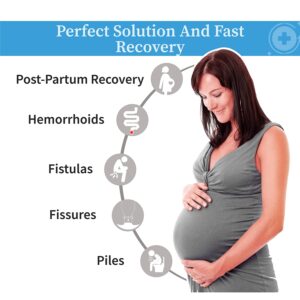We all have some awareness about piles and their related diseases but we are not aware of their treatment and surgery. while reading this article you will come to know what is a fissure, which cream is best for a fissure and what is fissure surgery.
A fissure is a cut at the anal canal due to excessive stretching of the anal Canal secondary to constipated hard stool. We also called this cut an ulcer formation at the anal canal. And the ulcer itself is called a Fissure. It is of two types, acute and chronic. Acute fissure has a history of less than one month and chronic fissure has a history of more than one month. In chronic fissure, the patient feels intense pain while passing stool and also experience post defecation burning and pain at the anal Canal for about 1 hour. Both these fissures need fissure treatment.
Get a free ebook here https://drive.google.com/file/d/14xN6FQqc8y7zS0FgvYBlcQNRBe77njzr/view?usp=sharing
Medical treatment of fissures, Best cream for fissures.
Many patients ask me for the best cream for fissures. They all wanted to try medicine management for fissures instead of surgery. Because many patients are always reluctant to go for surgery for fissures. Hence they always demand the best cream for fissures. Medicine management is the first line of treatment. Hence we always try this in all patients.
Cream for fissure contains diltiazem, nifedipine and nitroglycerine 0.2 and 0.4%. Among these most commonly used formulations are diltiazem and nifedipine. Because these creams have fewer side effects. Nitroglycerine has some side effects. A most common side effect is a headache.
Crema gel ( Diltiazem), Anobliss (Nifedipine) and Nitrogesic ( Nitroglycerine ). These are the common brand names used to treat fissures. 50% of the patient gets relief with these creams, but others patients do not benefit because they have chronic fissure in ano. in my opinion best cream for fissure could be Anobliss.
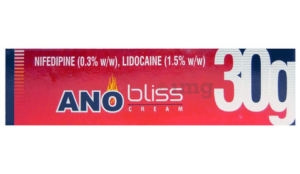
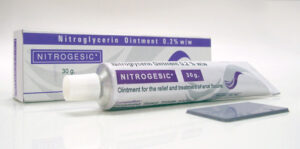
Surgical treatment of fissure- fissure surgery.
The name of surgery required for the treatment of fissures is known as sphincterotomy. It is a very common procedure nowadays. It is done under spinal anaesthesia. And only one-day of hospitalization is enough for the treatment. The patient can go home safely on next day.
In some cases, a sphincter dilation procedure is also performed. Though we practised this surgery, it is the old procedure and the recurrence rate after this procedure is high, hence not practised commonly.
How fissure is examined
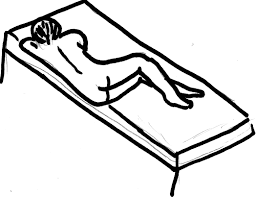
To get examined you have to consult a surgeon, especially a proctologist. A proctologist is a consultant for any anorectal diseases. Your doctor will ask you to lie down on the left lateral side with your both knees flexed up to your abdomen. This is called the left lateral Sims position.
In this position, you have to take down your undergarments and with good illumination, the doctor will examine your anal canal. First with separation of buttocks and secondly with inspection of proctoscope, a specially designed scope to visualise anal canal.
If you are having intense pain while examination, tell your doctor that you are not comfortable so he can avoid the insertion of a proctoscope into the anal canal. After examination, the doctor will assess the condition and will advise surgery according to your disease.

Get a free ebook in Hindi on fissure https://drive.google.com/file/d/14xN6FQqc8y7zS0FgvYBlcQNRBe77njzr/view?usp=sharing
Investigations needed
If you are willing for surgery, then some of the investigations are needed to see your body profile and fitness for the surgery.
Cbc, RBS, creatinine, HIV, Hbs, covid-19 antigen, Hb a1c,
X-ray chest, ECG, echocardiography.
This all investigation may not be required for all patients. Investigations are ordered according to the condition of the patient, age of the patient, and associated diseases of the patient.
pre-op consultation
This includes information regarding the type of surgery. The doctor will explain to you which surgery he is going to do. It is open surgery, it is closed surgery or it is laser surgery. He will also explain to you if any other pathology is seen intraoperatively then what will he do. For example, if piles are seen along with fissures then he will treat that pathology too with the same sitting.
Pre-operative preparation
Pre-operative preparation means all the procedures which are required before taking the patient to the operation theatre.
Preparation of your private parts means the removal of hairs from the surgical site and pubic region. Hospital staff will ask you to remove your pubic hair or they will remove your hair.
You will be told not to take anything by mouth like a meal, water, biscuit or anything you are habitual.
You will ask to go to urine before entering the operation theatre.
Anaesthesia required
Generally, it is done under spinal anaesthesia. But in some patients, general anaesthesia may be required.
For example in children who are not comfortable with spinal anaesthesia, in old age patients whose spine is fibrosis or they are having any other cardiac Pathology which may be contraindicated for spinal anaesthesia.
Watch details about fissure in hindi https://www.youtube.com/watch?v=eVpthZXpQ9M&list=PLCOfp3eOfultpVOiOQN8_H7FfYrKgEBNn
Your position on the operation table
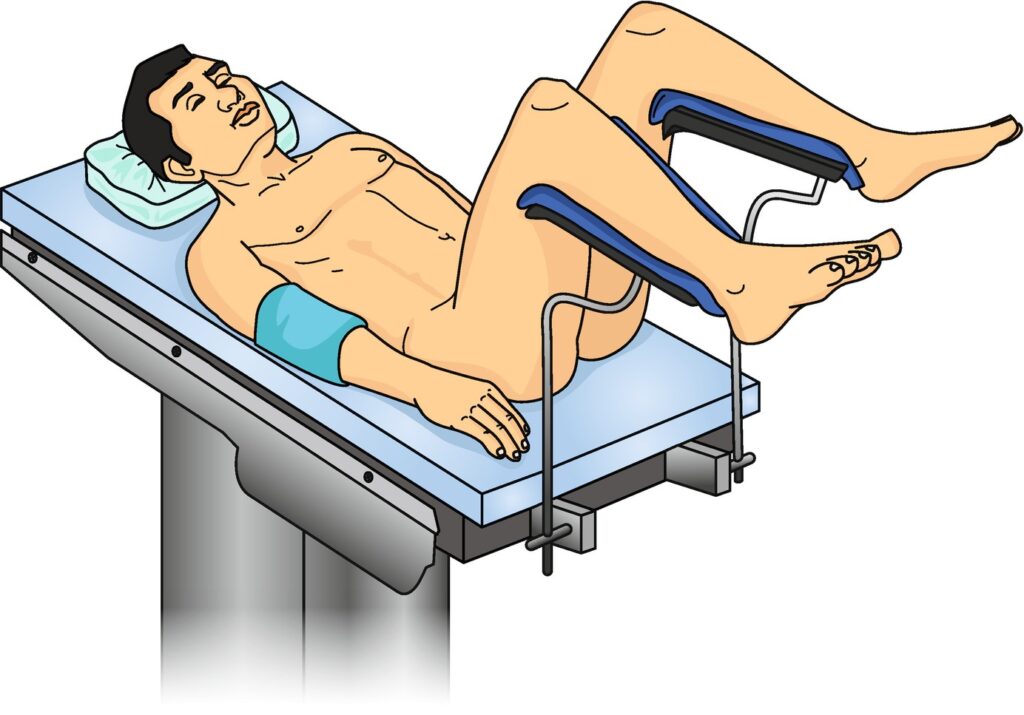
After giving anaesthesia you will be given a lithotomy position. In this position, your both lower limb will be hung to the sidebar of the operation table and your buttock will be pushed down up to the edge of the table.
In this position, you will be comfortable because you have been given anaesthesia which will anaesthetise the lower half of the body only.
Later on, the anaesthetic doctor will give you to sedative injection to sleep during surgery. But this is not practised for all patients.
Dr Pitambar free ebook on fissure https://drive.google.com/file/d/14xN6FQqc8y7zS0FgvYBlcQNRBe77njzr/view?usp=sharing
Surgeon position for surgery
The operative surgeon will sit in between your legs, in front of your anal canal.
Duration of surgery
Approximately it can take 30 minutes to 60 minutes.
Postoperative care
After surgery, you can be shifted to the general ward or surgical recovery ward. Generally, it is not required to send the patient to ICU after this surgery. But if the surgeon feels there is a need to observe the patient up to the recovery from anaesthesia, then you can be shifted to ICU for observation.
Postoperatively you will be not allowed to take anything for 6 to 8 hours. This is required up-to complete recovery from spinal anaesthesia. Because after shifting to word, you will see that you are both legs are not moving and feeling very heavy. Even you cannot change your position because of lower-body anaesthesia.
This anaesthesia slowly will step down and you will start feeling the sensation of your legs. You can slowly move your legs and finally, after a few hours, all your power of leg will be recovered.
Immediately postoperative, You will not be allowed to go to the washroom. You can take the help of a ward boy or nurse for urination. If you have already catheterised, then nothing to worry about.
You will be advised not to sleep over a pillow in case you are under spinal anaesthesia. Because keeping your head up over a pillow can cause you a post-operative spinal headache. But this is not common for every patient. It can happen in 5% of cases.
Postoperative pain
After the loss of anaesthesia, you can feel some discomfort at the operation site. You may feel some burning sensation there. This is normal for every anal surgery. You can ask the nurse to get an analgesic injection so that this pain will be reduced.
Sometimes you may feel some discomfort or pain in the middle lower abdomen. This could be because of the fullness of the urinary bladder if you are not catheterized. You take help nurse or inform your doctor regarding this so that they will help to drain Your urinary bladder.
You will get all injectable through an IV cannula along with saline bottles. You will not be allowed to take anything, any tablet by mouth. But if you are under treatment for diabetes, hypertension, then you can take your own tablets under the guidance of your doctor.
What to observe by the relative
When you get to operate, many relatives come to visit you. In some Hospitals, a single relative is allowed to seat by the side of the patient. The main reason is to observe some important things. When you are catheterised, a relative need to observe the urine bag whether it is getting collected by urine or not. Urine catheter whether it is getting stretched by your moment or not. Relative can also note any soakage of dressing by the blood. So that he can immediately contact a doctor for any type of bleeding. This may happen once in a while.
Discharge plan
Routinely after fissure surgery, you can be discharged after 24 hours.
Post-discharge advice
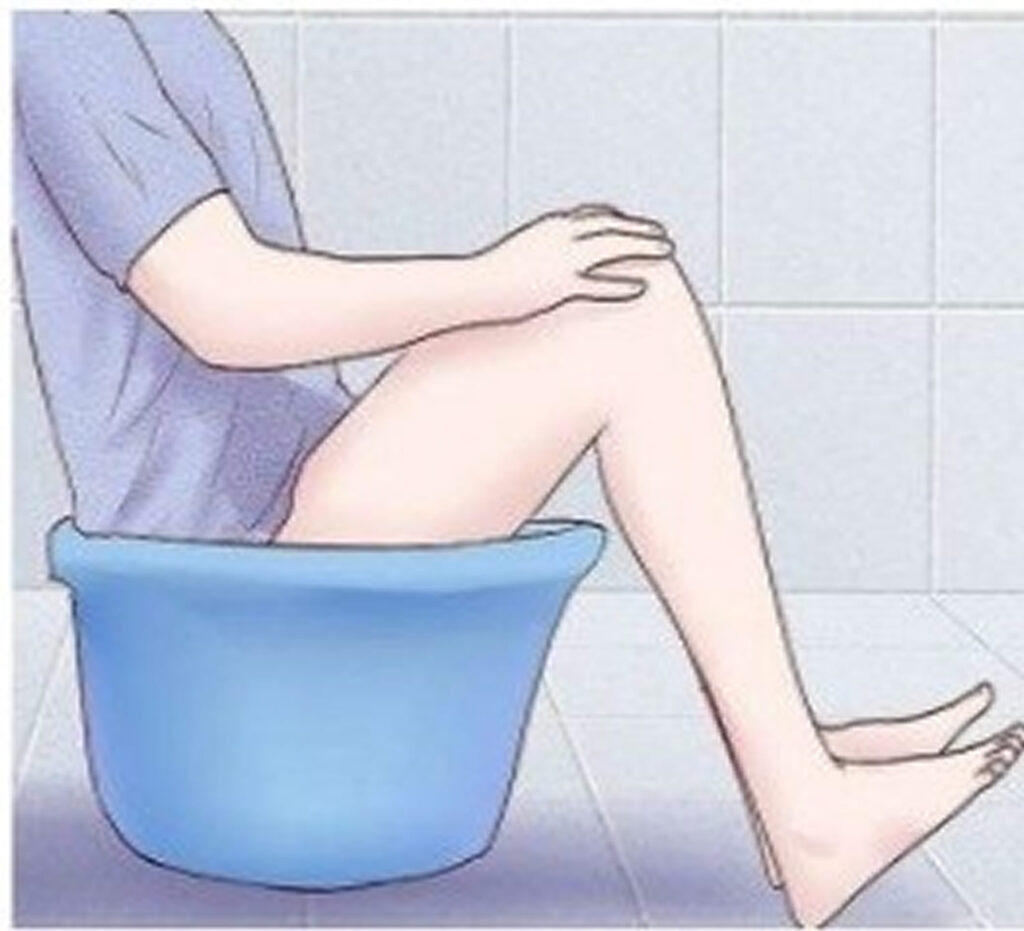

The doctor will give you oral medicines.
Some cream for application at the anal region.
And also suggest you to take a sitz bath.
This means you have to sit down after your defecation in a large plastic tub, full of warm water with Betadine solution in it.
You take this sitz bath for about 2 to 3 minutes, two times daily.
You will be called after 4-5 days for review. If you’re getting some pain then the doctor may remove a single stitch applied for sphincterotomy surgery.
sitz bath tub https://amzn.to/3mw3jzW
When you can resume duty
You can go to your job after 1 week safely.
Approximate expenses
This operation in a good mid-level Hospital will cost you around 40 thousand rupees and a good corporate hospital will cost you around 50 to 60 thousand rupees. These expenses vary according to the hospital to hospital and doctor to doctor. The charges are not fixed for surgery. In Small Hospital owned by a surgeon, you can bargain for the charges.
This is all about hospitalisation for fissure surgery. Please fill the form below to get all such articles in your email box directly. Please comment about this article or send me suggestions at masram2017@gmail.com.
Thanks for your valuable time.
Get a free ebook in Hindi explaining fissures in detail.Click here https://drive.google.com/file/d/14xN6FQqc8y7zS0FgvYBlcQNRBe77njzr/view?usp=sharing



